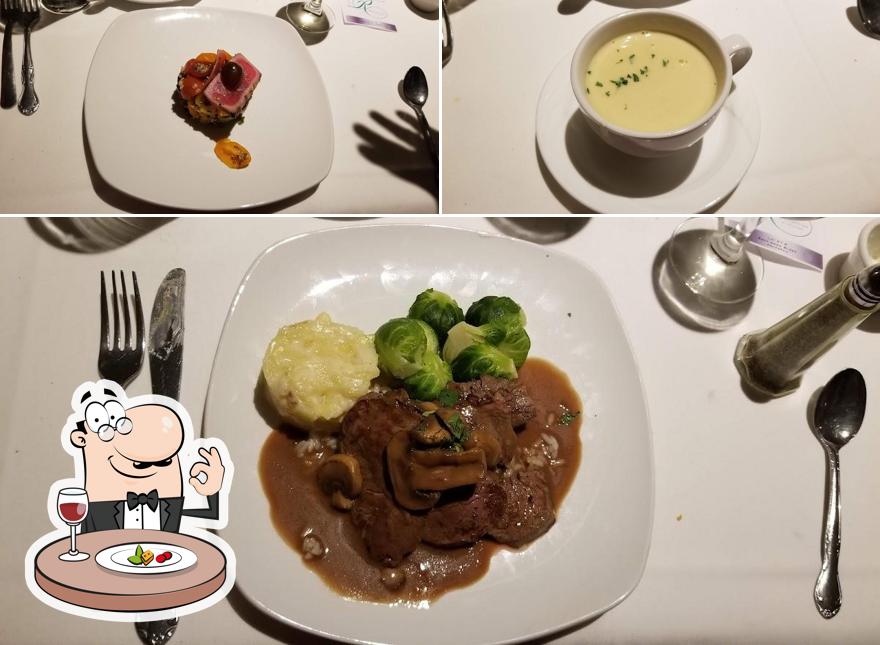

Rees Fruit Farm is family owned and famous for their cider donuts and slushes. I recommend permanently clogging your arteries with the $12 Over the Rainbow shake that contains “Vanilla, Chocolate, or Strawberry ice-cream piled into a waffle cone with coconut cotton candy, sprinkles, and whipped cream,” according to The Pennant’s menu. The Pennant is fairly new to Topeka, but is already a trendy spot thanks to their classic arcade games and extravagant milkshakes. The French restaurant is both delicious, charming and one of the few places brave enough to serve seafood besides Red Lobster. Topeka isn’t known for fine dining, but Chez Yasu is a must-eat for those seeking a more upscale setting. The Pad has been locally owned since 1961 and quickly established itself as a Topeka staple.


The space-themed restaurant also boasts the best onion rings in town. Though a little rough around the edges, The Pad is a great place to grab a cheap burger. The museum is located at Monroe Elementary School – a formerly segregated elementary school where the case partly originated. Board of Education National Historic Site commemorates the 1954 Supreme Court decision that ended racial segregation in public schools. The exercise is worth stepping outside and enjoying a breathtaking aerial view of the city. Recent restoration has returned the building’s dome to its original copper finish, and visitors have the opportunity to climb the 296 steps to the top. No visit to Topeka would be complete without a tour of its crown jewel – the Kansas State Capitol. Lessman’s various sculptures convey messages such as “Rome Didn’t Kill Jesus Bureaucrats Did” and “Freedum Isn’t Lost.” Visitors are encouraged to personally call the artist, Ron Lessman, who created his own Stonehenge out of trucks the county ordered him to pick up – a message he took literally. Truckhenge, arguably Topeka’s best art gallery, is mostly marketed by word of mouth and is home to the most interesting tour known to man. On the first Friday of every month NOTO hosts the Artwalk, which routinely draws over 3,000 people to its murals, antiques and boutiques. Now the district is home to local businesses instead of bars. North Topeka, affectionately called NOTO, was a declining part of town until it was revitalized as an Arts District in 2011. There may be some truth to these criticisms, as even the city’s natives are often found taking refuge in visits to more vibrant towns like Lawrence and Kansas City, but Topeka has some true gems if you know where to look.

It is not uncommon for people to think of Topeka as a soul-crushing, decrepit and crime ridden place – if they think of it at all. Most will leave yawning, perhaps never to return again. It’s practically a right of passage for every elementary school student across the state of Kansas to file onto a bus and make the trek to their state’s capitol building. Topeka became the capital of Kansas in 1866. The town was founded in 1854 and given a Native American name – thought to mean something along the lines of “a good place to grow potatoes.” The town’s roots can be traced to it being a site for ferries to transport wagons heading west across the Kansas River. Like seemingly every other town, Topeka, Kansas has its own unique history. Kansas Capitol building in Topeka, photo courtesy of Tony Webster


 0 kommentar(er)
0 kommentar(er)
